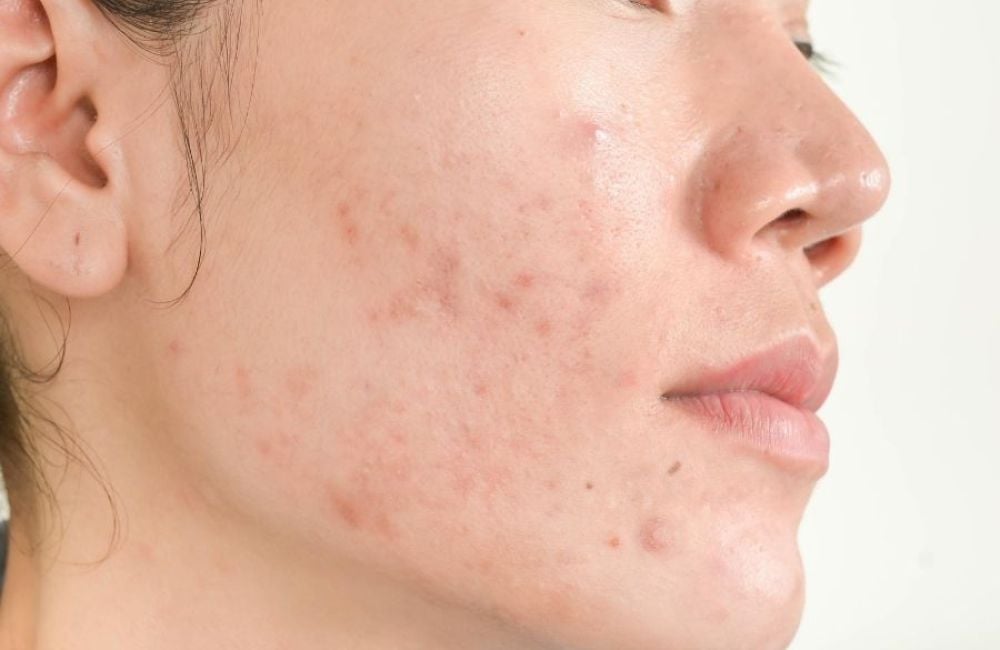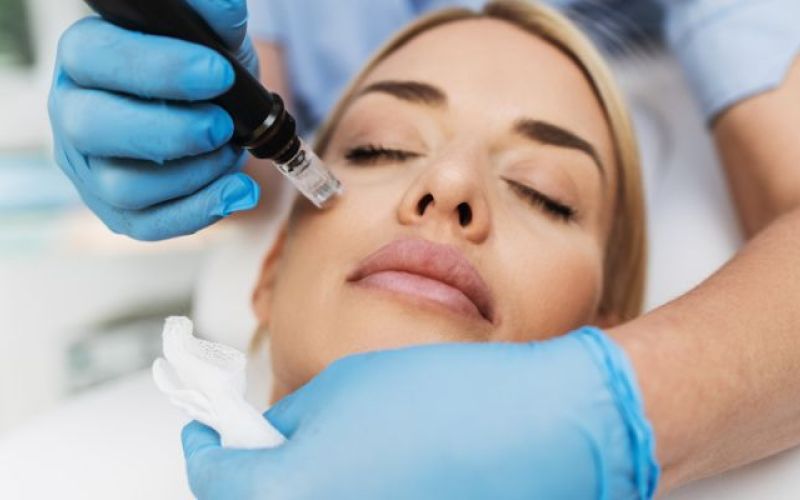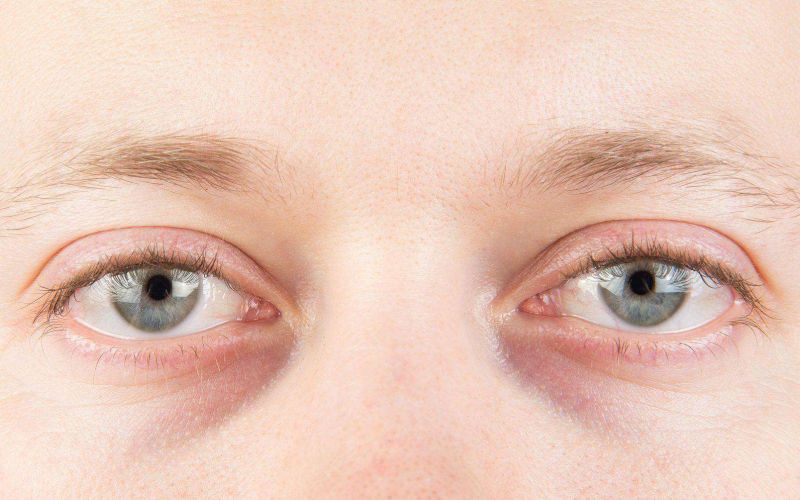Initial consultations are always free of charge, and our Dermacare Difference Program allows you to save on our services and products
Will Microdermabrasion Help With Acne Scars?


Acne scars can often look like shallow indentations or lesions, usually on the face. They can also be slightly raised and thick looking. They can form anywhere on the body where acne breakouts occur. Some confuse the discoloration of the skin after a pimple heals for scarring, but this is post-inflammatory acne hyperpigmentation.
If you have acne scars, you are not alone. Roughly 40% of active acne patients have them, too. While post-acne hyperpigmentation can sometimes rebalance naturally over time, acne scarring does not always decrease in appearance without treatment.
What Is Microdermabrasion?
Microdermabrasion works in the upper dermis and stratus corneum of the skin, not the deep dermis. It is an aesthetic treatment that removes the outermost layer of skin to encourage the body to produce healthy, vibrant skin. By itself, it is not the best treatment for acne scars since they can often reach the deep dermis.
How to Treat Acne Scarring
Treating acne scarring involves a unique and multipronged approach for each individual patient. It is important to pinpoint why acne breakouts happen and address reducing those breakouts through better skin health and care before tackling scars.
Once breakouts are under control, there is a combination of treatments that can address and decrease the appearance of acne scars. The combination of treatments will depend on your desired results and the visible scarring and/or hyperpigmentation. Some of the tools we use include:
- Chemical Peel: Multiple skin issues can be treated with a chemical peel. When it comes to acne, we use this treatment to help control it, minimize scaring, and decrease discoloration.
- BBL: Broad Band Light or BBL is one of our most powerful tools. It can treat deep lesion acne scars and address hyperpigmentation. We often combine it with products to tame acne and improve overall skin health and appearance.
- Halo: Skin texture can be negatively impacted by acne scars. Halo is one of our preferred options for treating skin texture issues. It is an excellent tool for reversing and diminishing the look of scars.
- Vivace Radiofrequency: Microneedling is yet another option that can help focus on skin texture and reduce the visibility of scars. We specialize in multiple microneedling tools, with Vivace being one of the cutting-edge technologies at our disposal.
If you have acne scars, contact us today for a free consultation. We take a unique, multipronged approach to acne challenges. You will not find a more qualified team of acne experts anywhere else in Hampton Roads.
What Our
Clients Say
From skin restoration to stubborn fat removal, we’ve helped thousands of men and women feel more beautiful and confident.
-
I love going to Dermacare! I live an hour from the office but I make time to go. I used to have no idea what was best for my skin care. It was pretty intimidating with how many options and ads I wo…– Lucia G.
-
I only went by to get products that I usually have to get online. But when I got there, they had the aesthetician speak with me and give me samples of what she recommended and to compare that to se…– Kimberly J.
-
Love my time at Dermacare. I’ve been a client for 5+ years. Go once a month and always get great treatments from Tina. The staff is very professional and always greet me with warmth and enthusiasm….– Linda H.
-
The staff at Dermacare is amazing! Thank you ladies for being so friendly and professional. Your skills are amazing! You keep me looking good.– Doretha H.
-
Very clean, very professional, and super friendly. Not pretentious at all. I just think some aesthetics practices can come off cold or arrogant, but not these folks. The staff is very knowledgeable…– Angela S.
-
I absolutely love Dermacare of Hampton Roads. The staff is always friendly and they are all very knowledgeable. I never feel as though I’m trying to be “sold” something I don’t need or want. The environment is…– Amber M.
-
After being a client for more than 8 years, I have nothing but accolades for Dermacare of Hampton Roads.. What initially drew me to Dermacare was the fact that it was medically supervised by a doctor, extremel…– Kathryn C.
-
If you’re looking for the right medspa for you, don’t look any further. My experience with Dermacare has been nothing short of exceptional. From the very first day of my consultation, the customer …– Natalie O.
-
I had a great experience with Lauren with microneedling with the Vivace machine today. It was a great experience and my first time with the machine. She was very professional and full of knowledge …– Dea W.
-
I came across this place on Instagram. I decided to schedule a consultation with them which was done over video chat and was very convenient. The consultation was also free. I met with a nurse who …– Vi R.
Learning Center
Dermacare Membership Plans

With cellular turnover approximately every 28 days, a Dermacare Membership is the best way to keep your skin vibrant and healthy.
Our members enjoy monthly aesthetic services and laser treatments, in addition to discounts on injectables, packages, and our medical-grade skincare products.












